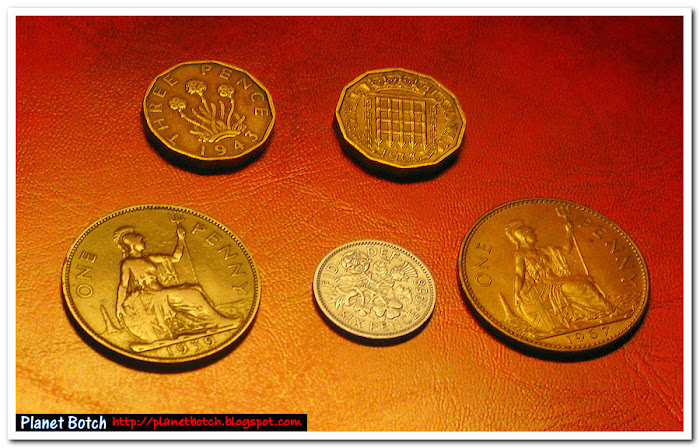Early this evening, I was going through some very old family photos, covering a period long before I was born - the days when my grandparents were a young couple, and in the case of one or two images, before they even met. I’ve always been fascinated by time – particularly the way photographs almost transcend the laws of nature to bring distant moments into the present. You look at the faces in the pictures – some taken before World War II – and you see young people having a great time. Not knowing what was to come; most of their lives still ahead of them.
And then you revert to the present, and consider what did happen after those pictures were taken. The thrills, and the nightmares. But what hits you hardest of all is that those long lives the young people saw ahead of them, are now lived, and gone, and fading in memory. You really do get a sense of how transient life is. And it was amid this heightened awareness of the past, present and future, that I made my unexpected discovery. An envelope, inside which was some money. Some old money. Money my Grandmother, who used to look after the photographs when she was alive, must have deliberately preserved. Some old English coins, and a 1970s Bank of England One Pound Note.

The coins, depicted above, include (going round clockwise from top left) a 1943 Thrupenny Bit, a 1960 Thrupenny Bit, a 1967 One Penny Piece, a 1958 Sixpence, and a 1939 One Penny Piece. These coins are all from the era before decimalisation, which was officially implemented in 1971. Decimalisation saw the value of the pound drop from 240 old pennies, to 100 new pence. Other coins’ pence values were adjusted accordingly, so a Sixpence, for example, went from a pre-decimal value of six pennies, to a decimal value of two and a half pence (until 1980 when the coin was withdrawn). The Thrupenny Bit – worth three pennies in ‘old money’, couldn’t be allotted a decimal value to the nearest half pence, so it was taken out of circulation in 1971. These are coins I did encounter as a very small child, although I must admit I’d long forgotten what they looked and felt like.

My Pound Note (above), is of the design produced between 1960 and 1978. This was the historic note which saw that change in value at the point of decimalisation. The design was replaced with another, featuring an updated image of the Queen, before the Pound Coin was introduced in 1983. In fact, one of my enduring teenage memories is of being in the Birmingham suburb of Selly Oak in ’83, and talking with friends about the new Pound Coin – which seemed a very strange concept to us. For its era, this particular Pound Note is in remarkably good condition. It was clearly selected on that basis, and then placed into the envelope with the distant future in mind. That distant future has now arrived.
As to when my Grandmother put away this money, I don’t know exactly, but since the Pound Note’s serial number looks, according to TheBankNoteStore.com, to be one of the latest for this design, I suspect she compiled the ‘time capsule’ around the end of the 1970s. She must, however, have saved some of the coins from much earlier in the decade, due to them going out of circulation from ’71.
But it’s been an amazing experience finding this old money and looking back on what almost seems like a former life today. Once I’ve made this post, I’m putting the money back in its envelope, and leaving it with the photos where I feel it belongs. It’s probably spent well over three decades hidden away, passing into my possession without me even knowing it. The Internet wasn’t a widely understood concept when my Grandmother died in 1993, so at no point in her lifetime would she ever have considered the potential for so many people to discover her ‘time capsule’. A gesture she made, almost certainly thirty-odd years ago, has taken on an extra level of power she never could have imagined.

